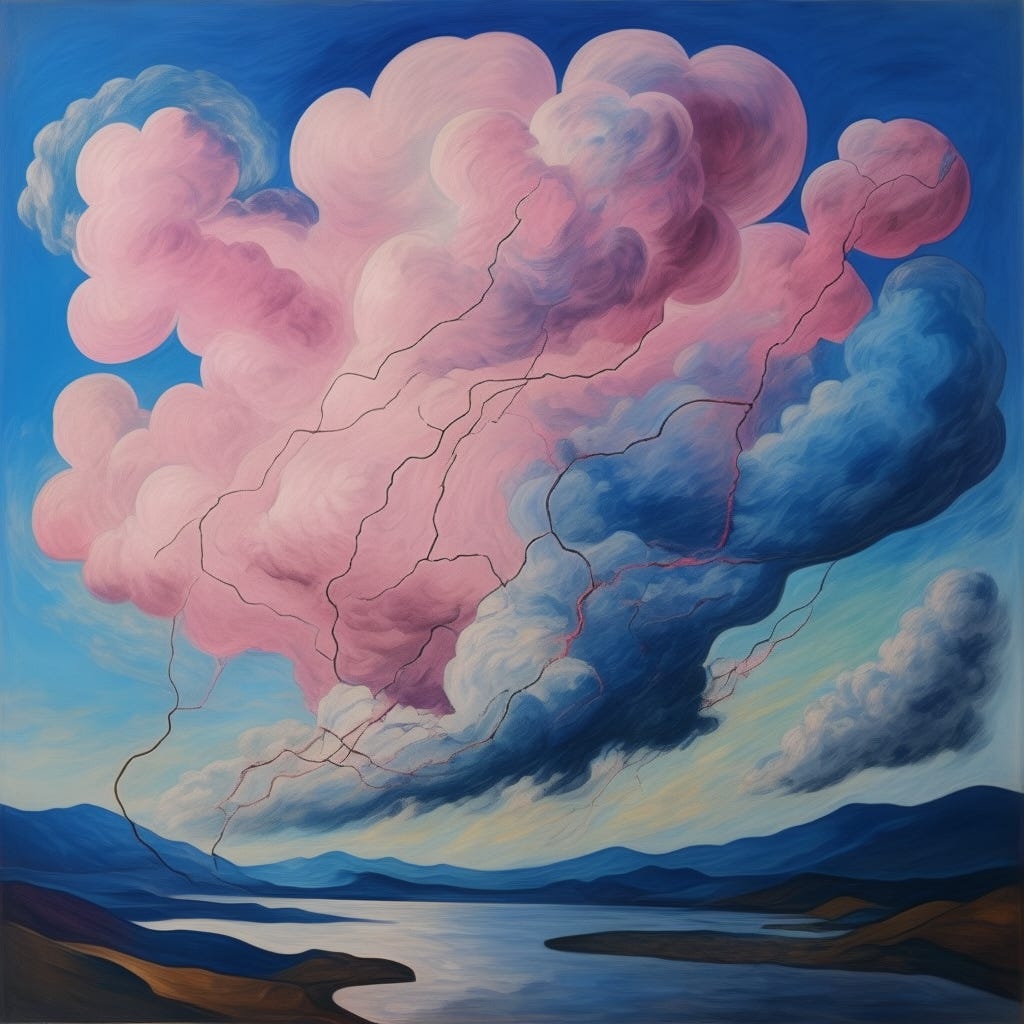in search of the perfect conversation
there is no one perfect conversation, but we have all had that one perfect conversation. might I recreate it for you?
there is no technology, intellectual challenge or accolade that is more important to me than my relationships. there is no brand, company or ideology that I would support more than my relationships. relationships are the bedrock of my life, and I water them constantly.
I water them with conversation.
but life is busy, and I don’t always have time to meet people in-person. so I text, DM, send voicenotes, email, and occasionally set up phone calls. this additional effort to converse asynchronously has made me rethink which conversations I want to have, what type of conversation I seek, and why.
conversation is everywhere
during the covid-19 pandemic the ability to gather was taken away from us so we noticed its absence. we could no longer gather for a party or a parade. not for a dinner, a prayer, to watch sports, or to learn in a classroom. so I thought, what would I do if I could not communicate with anyone for a week — what would I miss the most? in doing this mental exercise the conversations I missed most were the generative ones. the ones in which I go into a flow state articulate ideas I had never before considered.
I counted that I easily have one hundred unique conversations per day. I’ll have several different conversations running in parallel with one person. the volume of communication I manage to do astounds me, but it also makes me wonder what I could remove and enhance?
conversation as opportunity
I see a conversation as an opportunity. whether we like it or not, each conversation has an intention, an execution, and a conclusion, and at the end, depending on the quality of your intention and execution you may have an idea, insight, plan, decision, or an emotional connection of varying degrees of quality.
I assume most conversations I have will be additive therefore I enter most with optimism. it’s unclear what comes first, the optimism or the derived value, but regardless, it is primarily through conversation that I learn, grow, and connect.
the ideas in between
in Stanford d.school founder David Kelley’s book ‘Creative Confidence’ he stipulates that ‘innovative ideas are in the space between two people’s expertise’ but to get to the innovative idea you need to follow the creative process. from years of stewarding the human-centered design process, I can tell you that the ‘creative process’ is really just a structured conversation. it’s one in which you articulate a clear problem or human need that feels honest, brainstorm many possible solutions to the problem while withholding judgement, and, once you assess your options, you select an idea, try it, fail quickly, and learn.
constraints of a creative conversation
in her exploration of ‘what it means to gather’, facilitator Priya Parker reminds us that a great gathering is underpinned by a very clear purpose. using Parker’s teachings, I would design my perfect conversation with the following constraints:
keep it 1:1
have a clear purpose
ensure both people feel comfortable being imperfect
correctly structure the space and format of the conversation
actively facilitate the conversation
help both people lean into discomfort
close with a calling
a creative conversation is ultimately the result of two people trusting each other, themselves, and the process of discourse. there are few blocks, many assists, and both bring a childlike wonder to the questions raised. answers are not assumed or obvious, and above all both people are fully present with one another and their thoughts. when I am in a conversation like this I feel a cloud of electricity around me. I am curious what it might take to recreate that feeling digitally?




